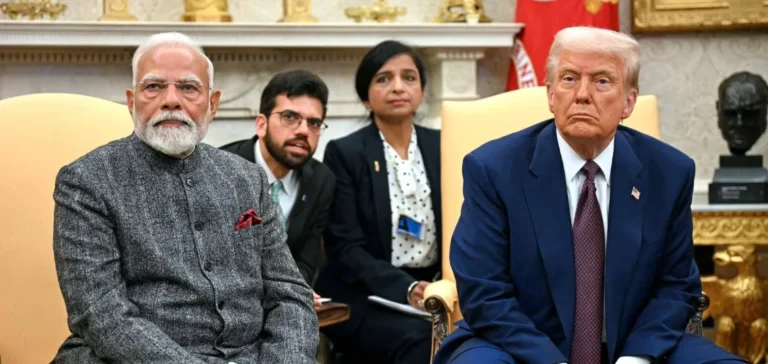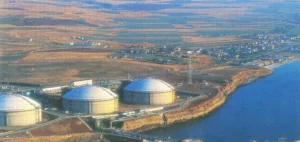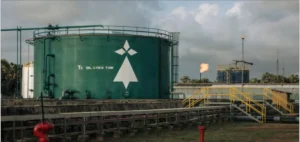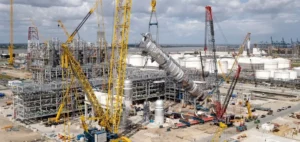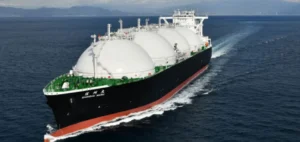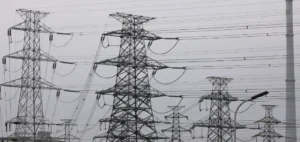India has formalised the annual purchase of 2.2 million tonnes of liquefied petroleum gas (LPG) from the United States, representing 10% of its current imports. The announcement by Indian Minister of Petroleum and Natural Gas Hardeep Singh Puri reflects a publicly financed strategy aimed at strengthening the country’s energy security in response to growing US pressure.
A deal concluded in a tense diplomatic climate
This new agreement follows Washington’s decision to impose a 50% surcharge on all Indian products entering the US. The American administration attributed the measure to India’s continued imports of Russian oil, which it considers indirect support for Moscow’s military operations in Ukraine. This context has forced New Delhi to re-evaluate its supply policy.
US President Donald Trump has repeatedly stated that Indian Prime Minister Narendra Modi agreed to reduce reliance on Russian oil. However, Indian authorities have not confirmed any such commitment, maintaining a cautious stance in light of complex energy and trade considerations.
Indian companies adjust crude oil procurement
The diplomatic pressure is already evident in corporate responses. Semi-public company HPCL-Mittal Energy has suspended its Russian crude oil purchases, while Reliance Industries announced a strategic review of its procurement policy. These moves highlight the direct impact of US sanctions on India’s energy sector purchasing strategies.
Import diversification, backed by state funding, has now become a priority. In his statement, Hardeep Singh Puri described the LPG deal with the United States as a first step towards securing stable access to a vital household fuel in a geopolitically volatile market.
Trade talks strained despite economic growth
Meanwhile, negotiations between India and the United States for a free trade agreement remain stalled, particularly over the issue of opening India’s agricultural market. This has created an uncertain trade environment despite ongoing dialogue between both governments.
India’s economy continues to post robust growth, with gross domestic product rising 7.8% year-on-year in the April to June quarter, supported by high public spending and improved consumer confidence. However, analysts expect a 0.6 to 0.8 point slowdown if the US surcharge remains in place, further highlighting the importance of monitoring this state-backed energy deal.


